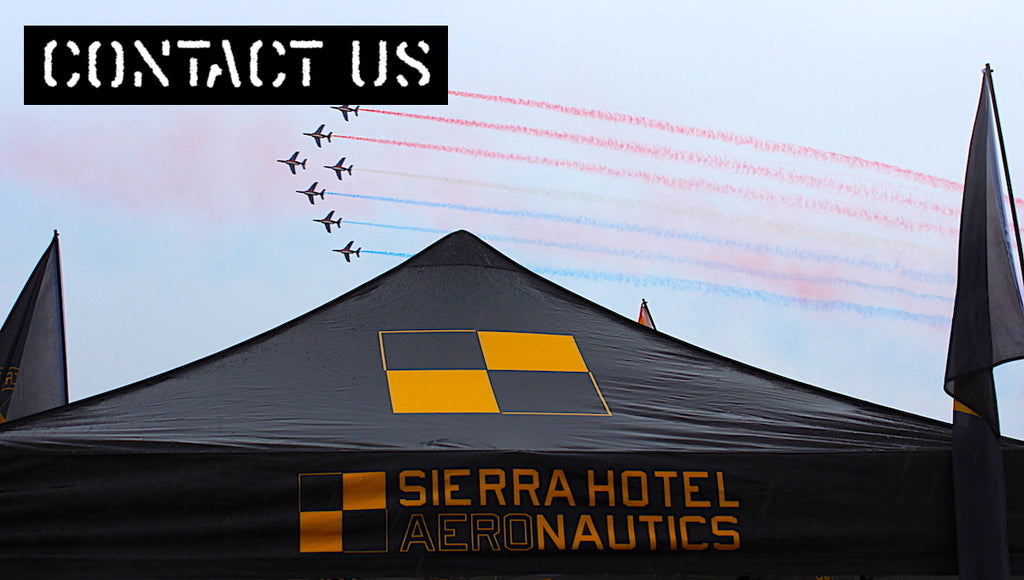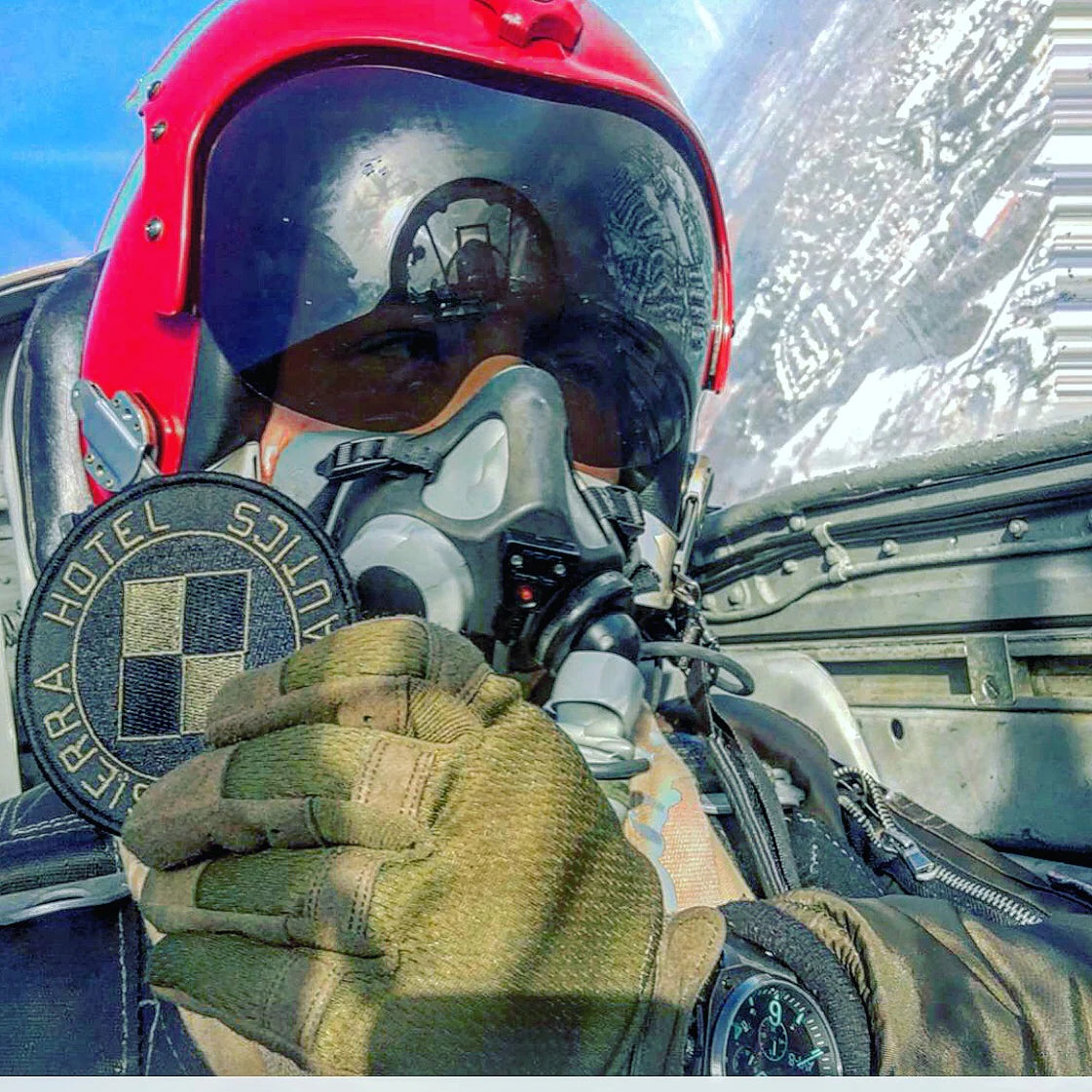Holden's Lightning Flight

July 22nd, 1966, was supposed to be just another day for Walter "Taffy” Holden at his base in Lyneham, an RAF station located a few miles northeast of Chippenham. Taffy, an engineer in command of No.33 Maintenance Unit of the Royal Air Force, was on this particular day working on the two Rolls-Royce Avon turbojets that served as the power plant for the famed English Electric Lightning.
The Lightning was a supersonic fighter-interceptor aircraft of the Royal Air Force, first introduced in 1960 as a frontline defence against Soviet Nuclear Bombers. Well known for its exceptional rate of climb, ceiling, and speed, experienced pilots have described flying it as "being saddled to a skyrocket.” A nickname well deserved, as the Lightning could climb Mt Everest twice, in less than three minutes.

On that summer day, Walter needed to perform some ground tests on the Lightning, but there were no pilots available in the area, and the soonest possible would be an additional week. Considering all it would require was taxiing 30-40 yards for each portion, it was suggested by one of the pilots involved in previous tests that Walter should just do it himself. It was just a ground run, and Taffy was more than capable.
.
All Walter had to do was set different electrical configurations, then spool up the engine, cut power, and apply the brakes to slow and stop. All the while, Walter was to communicate via hand signals with his support crew in a Land Rover nearby, who would then relay info to coordinate with the control tower.
.
Walter jumped into Lightning XM135 and diligently commenced his testing. The canopy of this aircraft had been removed, and electrical wiring was hanging off the side of the interceptor aircraft. Aside from this, the landing gear had been locked in the down position in test mode. No matter, because this aircraft was not going far. A few feet and Taffy's work will be done for the day.
.
Jumping in without a helmet or radio, Walter started the Avon turbojets and commenced work on the aircraft's electricals for the first series of procedures. All was going smoothly. That is until the second test when Walter moved the throttle forward, and mistakenly, and quite innocently, moved it past what is known as the afterburner gate.

Thankfully, the lighting’s afterburners can be easily deselected with a simple push on the throttle gate key. Once pushed, the afterburner would immediately disengage. Unfortunately, Walter did not possess that tidbit of knowledge.
The fire-breathing thoroughbred's thunderous burners rocketed poor Taffy across the airfield as it quickly gained momentum. Just missing a fuel tanker truck that was crossing the runway, then a near miss with a de Havilland Comet that was passing overhead.
Now clear of the fuel truck and the other jet, Holden was simultaneously nearing the end of the runway and his life. There was only one thing he could do…pull back.
Leaping into the sky, and climbing like a homesick angel, Holden was now in command of a fully airborne supersonic Mach 2 fighter with no canopy, no helmet, no radio, no experience, in full afterburner, and no way to communicate with anyone on the ground... Holden considered ejecting.
.
Unfortunately, the ejection seat was rendered inoperable due to being in inert test mode. Wherever this jet was going, he was going with it. The good news is that the Lightning may be rocket fast, but it is a short-range aircraft, which means that if Walter does not figure out how to disengage the afterburners, the air quickly filling the fuel tanks would soon sort the problem out for itself. For Walter "Taffy” Holden, this was going to be a long day…or a very short one.
After what seemed like an eternity of being saddled to the screaming skyrocket, Walter managed to find the throttle gate key and deselected the afterburners.
Now slowing, Holden brought the aircraft around and made two experimental landing attempts. Both were quite ungainly and were rightfully aborted. On his third attempt, Holden tried to keep it away from a nearby village, and all he had was a vague recollection of the Lightning's approach speed of 150kts.
Holden made one more attempt, and this time brought the aircraft to the runway with a most ungraceful touchdown. As the Lightning unslipped the surly bonds of earth, and slammed tail first onto the runway, damaging the tail, and detaching the drogue chute cable that assists in braking during landing.
Now careening down the runway, without his drogue chute, Taffy was finally able to slow the aircraft, coming to a full stop less than 100 yards from the end of the runway.
The Lightning was still in one piece, as was Holden, who now was the proud owner of 12 minutes of Lightning time for his pilot log book.
as the old saying goes, aircraft mechanics are there because pilots need heroes too...












Leave a comment